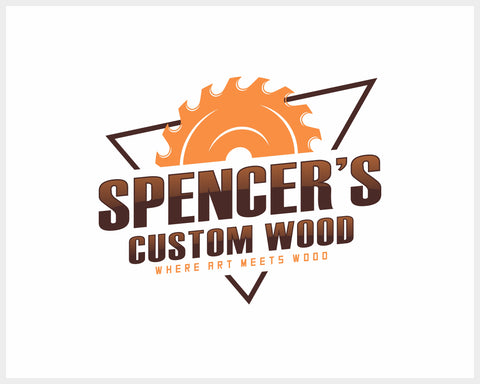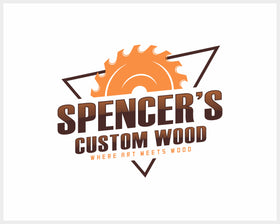The Beauty and Utility of End Grain, Edge Grain, and Face Grain Cutting Boards
Cutting boards are essential tools in every kitchen, providing a sturdy and hygienic surface for food preparation. When it comes to choosing a cutting board, the type of grain orientation is a critical consideration. In this blog post, we will explore the characteristics, benefits, and best uses of three popular cutting board grain orientations: end grain, edge grain, and face grain.
- End Grain Cutting Boards: End grain cutting boards are constructed by arranging wood blocks with their grain ends facing up. This creates a visually appealing pattern of wood grain on the surface. Here's why end grain cutting boards are highly regarded:
a) Durability and Knife-Friendliness: The orientation of the grain allows the knife blade to slide between the wood fibers, resulting in less dulling and fewer visible knife marks. This makes end grain boards exceptionally durable and knife-friendly.
b) Self-Healing Properties: End grain boards have a unique ability to self-heal, closing up the cuts made by the knife due to the natural elasticity of the wood fibers. This helps prolong the lifespan of the board and maintain its beauty over time.
c) Resistance to Warping: The vertical orientation of the grain minimizes warping and cracking, as it allows the board to expand and contract evenly with changes in humidity and temperature.
- Edge Grain Cutting Boards: Edge grain cutting boards are constructed by arranging wood strips with their long edges facing up. While they lack some of the advantages of end grain boards, they still offer several notable benefits:
a) Sturdiness: Edge grain boards are highly durable and provide a stable cutting surface. The long, parallel wood strips distribute the cutting force evenly, making them less prone to warping or splitting.
b) Aesthetics: Edge grain boards showcase the natural beauty of the wood grain with a distinct linear pattern. They offer a sleek and modern look that can complement various kitchen styles.
c) Affordability: Compared to end grain cutting boards, edge grain boards are often more affordable, making them a popular choice for those seeking a balance between quality and price.
- Face Grain Cutting Boards: Face grain cutting boards are constructed by placing wood planks with their broad, flat surfaces facing up. While they are less common for heavy-duty cutting tasks, they still have their own advantages:
a) Ease of Construction: Face grain boards are relatively simple to construct, as they involve joining large flat planks of wood. This simplicity can make them a suitable choice for DIY projects or beginners in woodworking.
b) Lighter Weight: Due to the thinner individual wood pieces used in their construction, face grain boards tend to be lighter and easier to handle than their end grain and edge grain counterparts.
c) Ideal for Serving and Display: The smooth, flat surface of face grain boards makes them ideal for serving cheeses, fruits, and other culinary delights. They can also be used as a beautiful display piece in your kitchen.
Conclusion: When it comes to choosing a cutting board, considering the grain orientation is essential. End grain cutting boards offer exceptional durability, knife-friendliness, and self-healing properties. Edge grain boards provide a balance between durability and affordability, with a sleek aesthetic. Face grain boards are lighter and easier to construct, making them suitable for serving and display purposes. Ultimately, the choice between end grain, edge grain, and face grain cutting boards depends on personal preferences, usage patterns, and budget.




Leave a comment